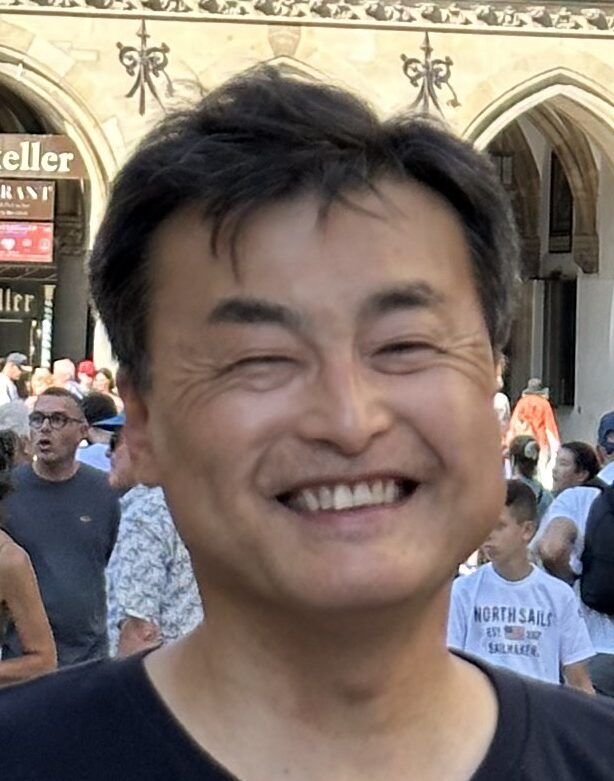
Katsuyuki “Ken” Taguchi, Ph.D. Professor (PI), [email protected]
Professor (PI)
Co-Director of Medical Physics PhD Program
Ken is a Professor of Radiological Physics Division (RPD), Department of Radiology and Radiological Science, Johns Hopkins University School of Medicine (his CV) and inaugural Co-Director of Medical Physics PhD Program and Certificate Program (link). He has 14 years of industry experiences with many cut-throat battles and 20 years of academic experiences. The invaluable experiences sharpened his very unique visions evidenced by this visionary review and this essay and educational philosophies outlined below. For example, most professors act as project managers in the US colleges. But Ken remains as a playing coach, because, just as veteran football players do for rookies, the best way to inspire and educate students and postdocs is to lead by examples and show them how to conduct research at the highest level. Ken runs his own project, discusses the plans and results during lab’s weekly meetings, presents the work at conferences, and writes papers as the first author. Sometimes lab members criticize the plans, and Ken appreciates the inputs and enjoys the colleageous discussion.
more about Ken…
While with Toshiba Medical Systems (1991–2005), Ken was a member of the pioneer team and developed various algorithms and prototypes such as multi-detector row (MD-)CT, cardiac CT, and four-dimensional CT. He recalled it being very exciting time as if the team was on a TV documentary. There were arguments, collaboration, tears, drinks and laughter, and it led to commercial success, receiving overwhelmingly positive responses from users in hospitals, academic community, etc. Soon, however, the work became a little short-sighted to sustain the success, focusing on incremental improvements for the next product, rather than chasing the next big thing. Ken’s work was appreciated by the company tremendously; however, slowly Ken’s motivation to tackle more intellectually stimulating long-term topics started taking over, and Ken found a position in Radiology, JHU in 2005 and started KU lab (back then we called us “CT group” and our division was called “Division of Medical Imaging Physics” or DMIP).
Based on those experiences, we believe that if we want to develop a quantum leap technology, we need a blend of the right brain, the left brain, and the heart, and we aim to train our students and postdocs in all these elements. The right brain is critical to create the core ideas and have a mental picture of the new technologies; the left brain is used to logically construct pilot and comprehensive study plans, analyze results, discuss the next step, and repeat the steps. If everyone knows the project will go well, someone must have done it before. It has been left untouched, probably because there are many unknowns and deemed difficult. Usually research does not go smoothly, and there will be unexpected challenges. Sometimes we need to trust our intuition to choose which path to explore. We have to be brave and determined to plow through the path untraveled. It needs a lot of guts and heart and a little bit of luck to succeed. The training in KU lab emphasizes all three elements to help lab members’ growth.
Ken sets the standard high for himself but essentially is a laid-back person. He thinks it is critical for students and postdocs to learn how to control the intensity of the work. Running research is not a 100-meter sprint but a marathon. We cannot go 100% full speed all the time. We have to avoid burn-out, actively control the pace (occasionally slowing down, if necessary), master how to monitor our emotional energy level, maximize the efficiency with 80–20 rule, and go all-in for a short burst at clutch times. We aim to share “softer skills” such as 80–20 rule and “jump ahead, and stay ahead,” that will guide junior people through their professional careers.

